Saffron - The Cost Of Savory
In accordance with Greek mythology, Hera and Zeus has a son named Krokus. Hermes, while training, accidentally killed Krokus. As he died, he called for the Gods. Touched by his cry, the Gods covered him in dew and then turned his blood into the red threads of the Saffron flower.

Around 3,500 years ago, human cultivation of this spice began. Throughout time, this has remained one of the most time consuming spices to harvest, making it one of the most expensive.
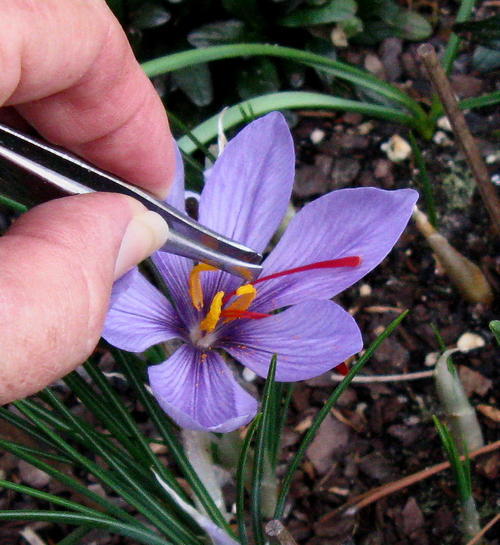
Thought to have been first cultivated in Greece, now Saffron is cultivated in many climates, forming a line on each side of the Equator. Iran. Morocco. Greece are all still major producers. As well, Spain and Italy contribute heavily to the world harvest.
Once worth more than gold, Saffron is incredibly difficult to harvest. Most estimates maintain that to yield 1 lb of dry saffron, 50,000 to 75,000 flowers need to be picked.
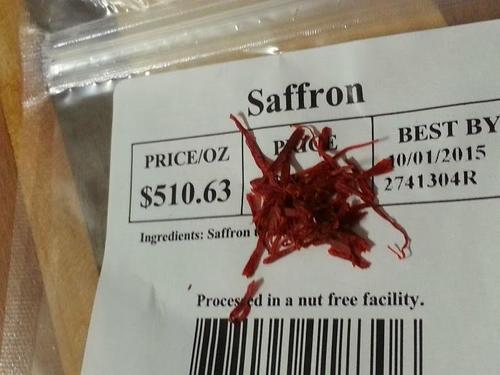
The "stigma", which are the part of the "crocus" that gives the yield. Also, once harvested, it must quickly be dried or the stigma can decompose ruining the harvest.
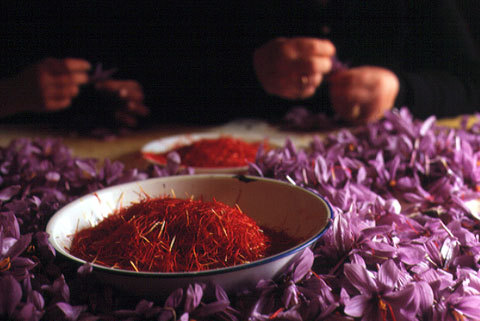
Typically, harvest occurs around the end of October. The plant blooms at dawn and the stigma strands should be harvested immediately, because it can wither very fast and loose color. In the process of drying, it will gain its bright red color and develop its aroma more.
Culinarily, Saffron is heavily used in North African, Asian and European dishes. Said to have aroma and flavor of honey, grassy or hay-like and sometimes a metallic note. Also incredibly popular in Spain, traditionally in broth or rice. Paella dishes are just not complete without the aroma and color traded for cooking with Saffron.
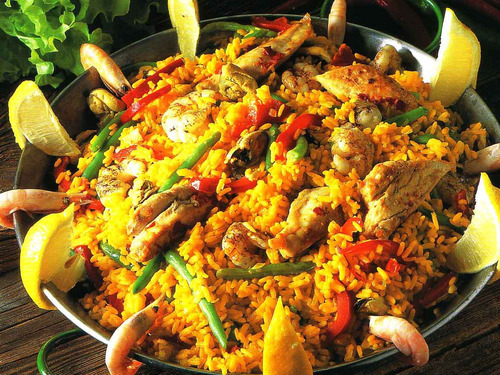
Morroccan cooks use this abundantly.
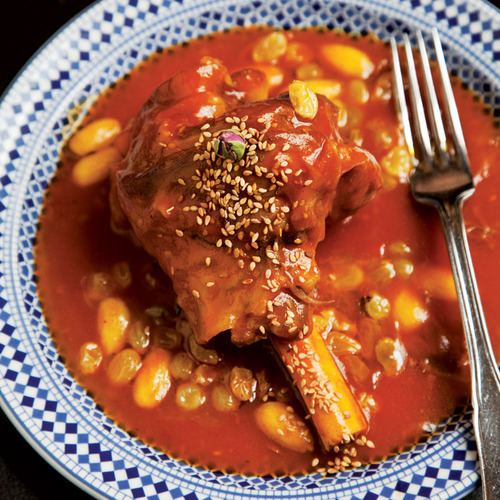
In France, bouillabaisse is not complete without using the spice.
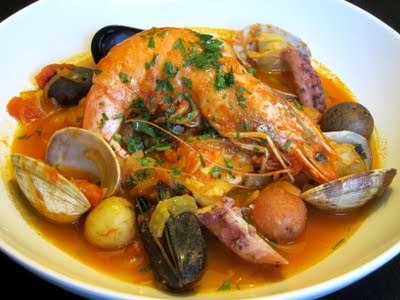
Even the Swedes use this, for Cornish tea treat buns, or Lussebulle.

Iran's national dish, chelow kabab, also features Saffron heavily.
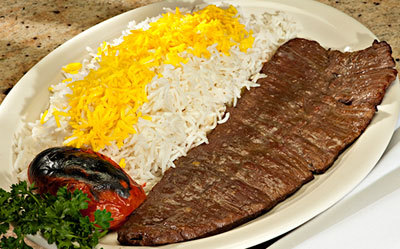
Used for everything from cosmetics, to dyes Saffron, through history, has been one of the most coveted spices known to man.